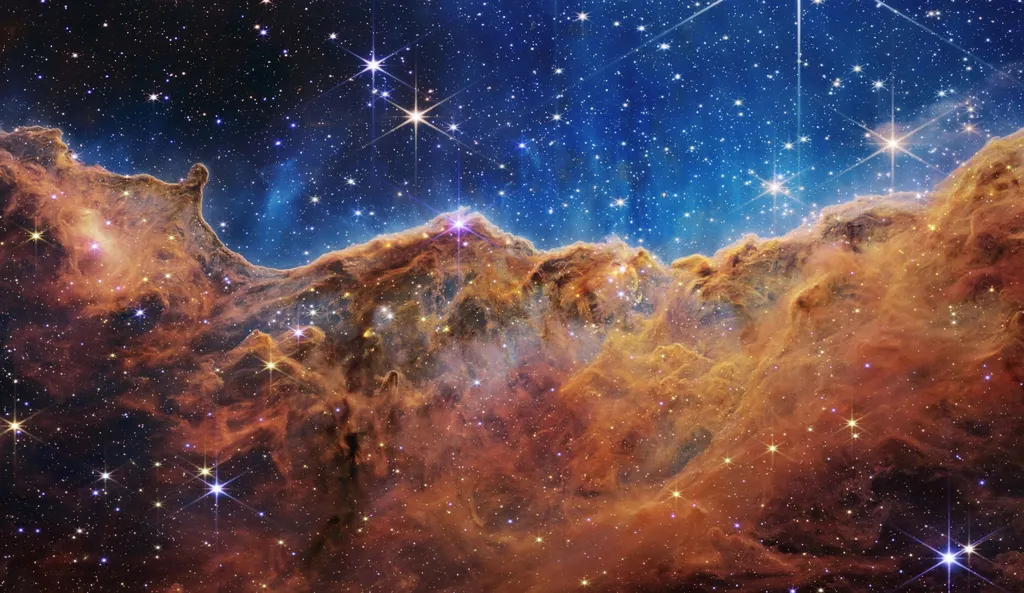In the realm of energy journalism, a recent study conducted by a team of researchers from various institutions, including the University of Toronto, the University of Wyoming, and the Space Telescope Science Institute, has shed new light on the early lives of star clusters in nearby, star-forming galaxies. The research, published in the Astrophysical Journal Supplement Series, leverages the combined capabilities of the Hubble Space Telescope (HST) and the James Webb Space Telescope (JWST) to provide an unprecedented view of these celestial bodies at near- and mid-infrared wavelengths.
The study, led by Gabrielle B. Graham and Daniel A. Dale, focuses on the analysis of embedded young stellar clusters in 11 nearby, star-forming galaxies. Utilizing the Zooniverse citizen science platform, the researchers conducted an initial visual search for these clusters using images that trace stellar continuum emission, the Paschenα and Hα recombination lines, and the 3.3 μm polycyclic aromatic hydrocarbon (PAH) feature. This approach led to the identification of 292 embedded cluster candidates, which were then characterized in terms of their ages, masses, and levels of line-of-sight extinction by comparing the photometric data to predictions from stellar population models.
The embedded cluster candidates were found to have a median age of 4.5 million years and an average line-of-sight extinction of 6.0 magnitudes. The researchers also determined lower limits on the source stellar masses, resulting in a median stellar mass of 10^3 solar masses. To further refine their search, the team employed multiple convolutional neural network models to carry out deep transfer learning-based searches for embedded clusters. They compared results for four variations of training data using two neural networks, presenting confusion matrices for all eight model configurations, as well as inter-model identification trends.
The practical applications of this research for the energy sector are manifold. Understanding the formation and evolution of star clusters can provide valuable insights into the life cycles of stars, which are fundamental to the production of energy in the universe. Additionally, the study’s use of advanced machine learning techniques to analyze astronomical data can be adapted for use in the energy industry, where the analysis of large datasets is increasingly important for optimizing operations and improving efficiency.
In summary, this groundbreaking research offers a unique perspective on the early lives of star clusters and demonstrates the potential of machine learning in astronomical data analysis. As we continue to explore the cosmos, the insights gained from such studies will undoubtedly have significant implications for our understanding of the universe and its energy dynamics.
This article is based on research available at arXiv.

